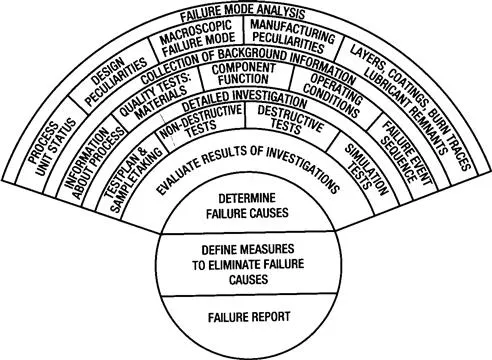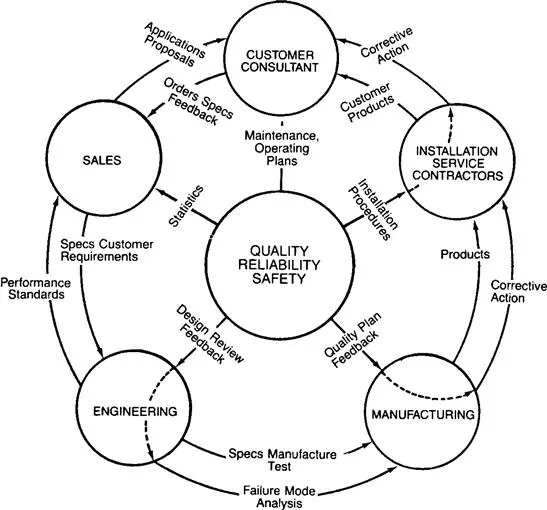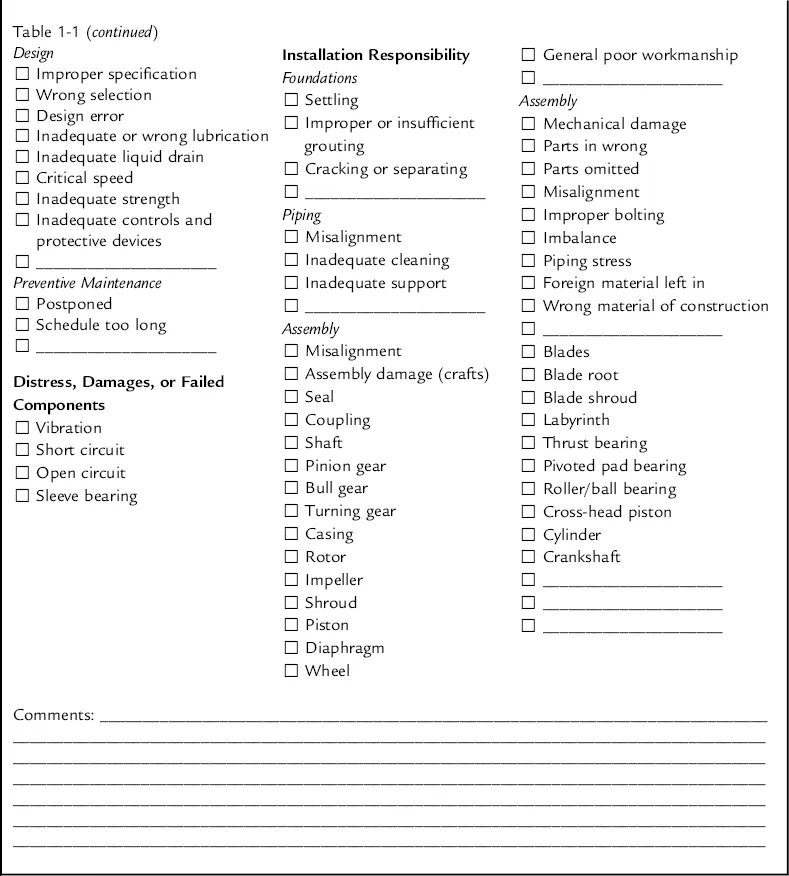
Machinery Failure Analysis and Troubleshooting
Practical Machinery Management for Process Plants
- 760 pages
- English
- ePUB (mobile friendly)
- Available on iOS & Android
Machinery Failure Analysis and Troubleshooting
Practical Machinery Management for Process Plants
About This Book
Solve the machinery failure problems costing you time and money with this classic, comprehensive guide to analysis and troubleshooting
- Provides detailed, complete and accurate information on anticipating risk of component failure and avoiding equipment downtime
- Includes numerous photographs of failed parts to ensure you are familiar with the visual evidence you need to recognize
- Covers proven approaches to failure definition and offers failure identification and analysis methods that can be applied to virtually all problem situations
- Demonstrates with examples how the progress and results of failure analysis and troubleshooting efforts can be documented and monitored
Failures of machinery in a plant setting can have wide-ranging consequences and in order to stay competitive, corporations across all industries must optimize the efficiency and reliability of their machinery.
Machinery Failure Analysis and Troubleshooting is a trusted, established reference in the field, authored by two well-known authorities on failure and reliability. Structured to teach failure identification and analysis methods that can be applied to almost all problem situations, this eagerly awaited update takes in the wealth of technological advances and changes in approach seen since the last edition published more than a decade ago.
Covering both the engineering detail and management theory, Machinery Failure Analysis and Troubleshooting provides a robust go-to reference and training resource for all engineers and managers working in manufacturing and process plants.
- Provides detailed, complete and accurate information on anticipating risk of component failure and avoiding equipment downtime
- Presents documented failure case studies and analyzes the procedures employed to define events that led to component or systems failure
- Includes numerous photographs of failed parts to ensure readers are familiar with the visual evidence they need to recognize
Frequently asked questions
Information
Chapter 1
The Failure Analysis and Troubleshooting System
Chapter Outline
Troubleshooting as an Extension of Failure Analysis


Causes of Machinery Failures


| Deformation—i.e. plastic, elastic, etc. |
| Fracture—i.e. cracks, fatigue fracture, pitting, etc. |
| Surface changes—i.e. hairline cracks, cavitation, wear, etc. |
| Material changes—i.e. contamination, corrosion, wear, etc. |
| Displacement—i.e. loosening, seizure, excessive clearance, etc. |
| Leakage |
| Contamination |
Table of contents
- Cover image
- Title page
- Table of Contents
- Copyright
- Dedication
- Acknowledgments
- Preface
- Chapter 1. The Failure Analysis and Troubleshooting System
- Chapter 2. Metallurgical Failure Analysis
- Chapter 3. Machinery Component Failure Analysis
- Chapter 4. Machinery Troubleshooting
- Chapter 5. Vibration Analysis
- Chapter 6. Generalized Machinery Problem-Solving Sequence
- Chapter 7. Statistical Approaches in Machinery Problem Solving
- Chapter 8. Formalized Failure Reporting as a Teaching Tool
- Chapter 9. The “Seven Cause Category Approach” to Root-Cause Failure Analysis
- Chapter 10. A Principle Based Problem Solving Process
- Chapter 11. Knowledge-Based Systems for Machinery Failure Diagnosis
- Chapter 12. Training and Organizing for Successful Failure Analysis and Troubleshooting
- APPENDIX A: Databases, Surveys and mean-time-between-failure expectations derived from literature and from authors’ observations
- APPENDIX B: Probability Plotting of Life Data
- APPENDIX C: Glossary of Problem-Solving and Decision-Making Terms
- APPENDIX D: Gear Nomenclature
- Subject Index